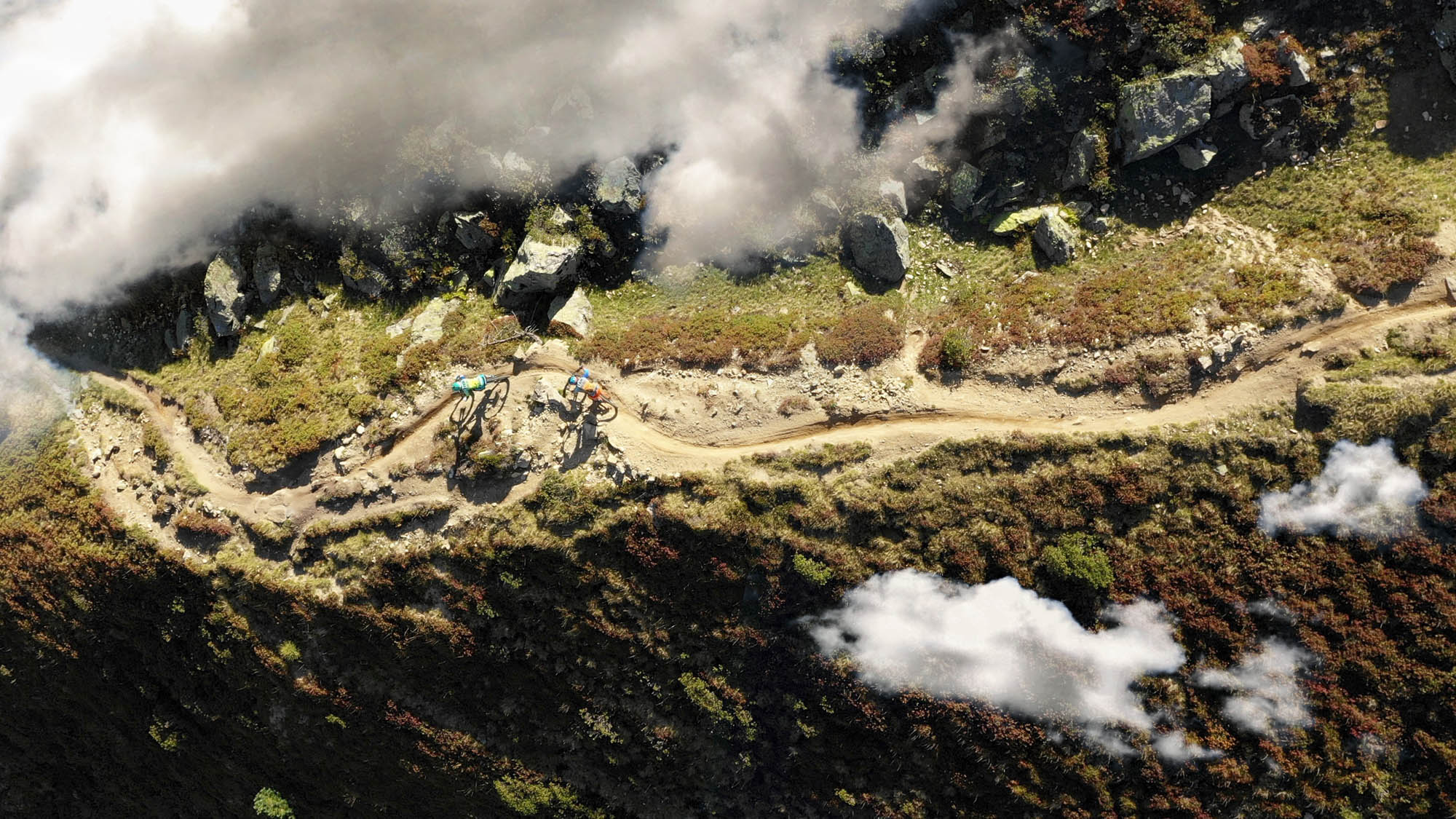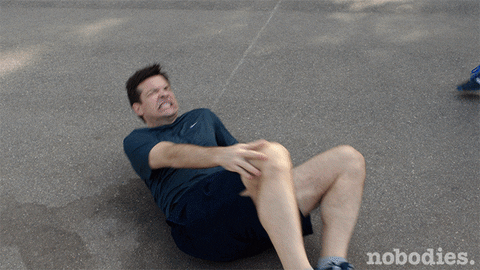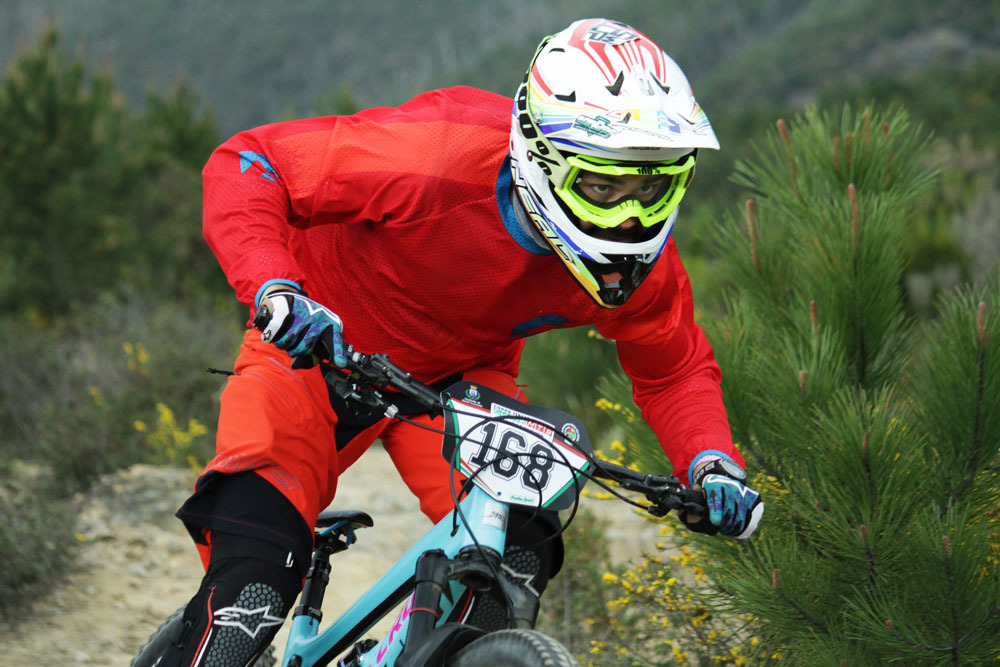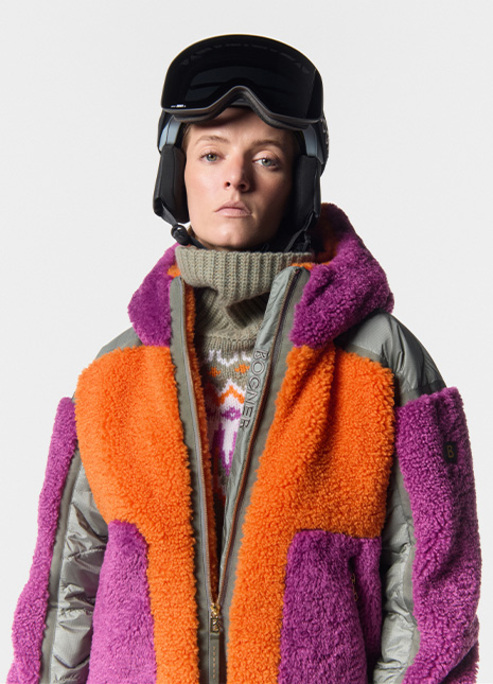7 Common Mountain Bike Injuries and Expert Tips to Avoid Them
A good helmet can reduce head injuries by 70%.
Mountain biking (MTB) can be an enthralling experience; there’s no way of denying it. However, if you’re an avid cyclist who loves to venture out now and then in the wild and bumpy terrains, injuries can become your regular companion.
Those scratches, sprained arms or ankles, bruises, etc., are something that you may have to go through repetitively. But if you’ve asked yourself why such accidents take place, some of the blame surely lies upon you.
In this article, we’ve summed up seven common mountain bike injuries that you must consider and learn how to avoid in your subsequent adventures.
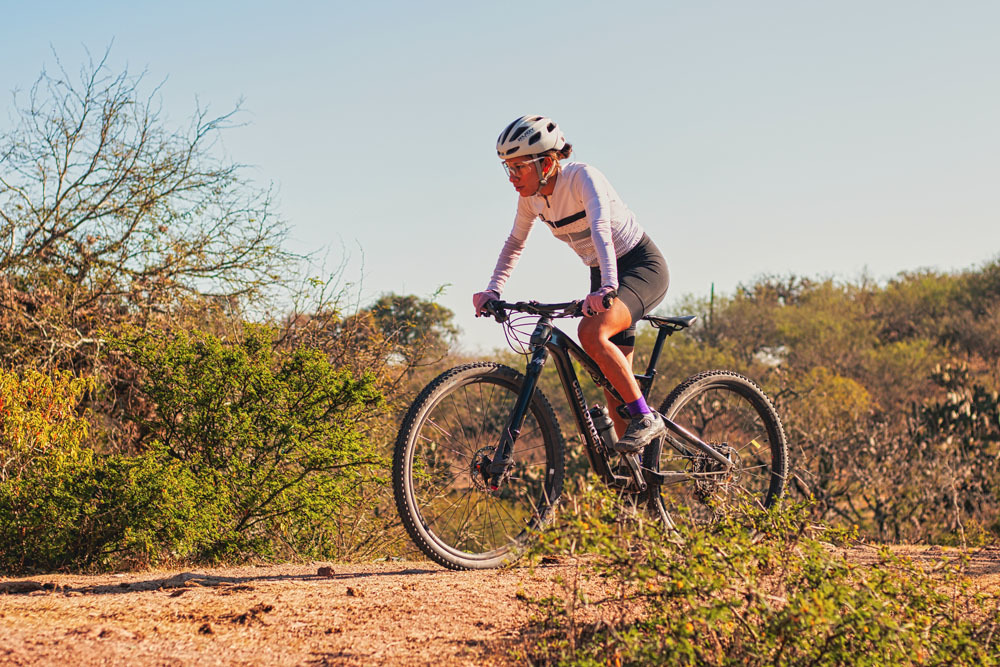
Injuries in Ligaments
Your mountain biking experience is not complete without suffering on climbing trails; the same goes for harsh terrains and bumpy tracks. And while having those experiences, you can’t escape one of the most common mountain biking injuries which is a ligament injury.
In mountain biking, ACL (anterior cruciate ligament) injuries usually take place above the knees due to pressure while pedaling.
The other two common ligament injuries are AC (acromioclavicular) and the other is UCL (ulnar collateral ligament).
As for the AC, the ligament connects the clavicle or collarbone and the acromion or shoulder blade. If you’ve ever taken a blow to your shoulder, this particular ligament will suffer and you’ll have your shoulder dislocated.
The UCL ligament is in the thumb. Commonly known as ‘skier's thumb,’ this injury basically leads to a backwardly bent thumb due to falling off a mountain bike.
How to Avoid These Injuries:
- Stretch and warm up before riding your mountain bike.
- Wear knee pads.
- Survey the downhill tracks before riding along.
Fractures
Fractures account for nearly twenty percent of mountain biking injuries. Have you ever experienced this painful and lasting injury while pedaling along the wild tracks?
Fractures or breaking of bones can be inflicted anywhere in your body; arms, wrists, ankles, shoulders, back, and so on. However, each fracture may have distinct patterns.
How to Avoid Fractures:
- Practice strength-building exercises to fortify bones and ligaments.
- Learn to avoid falling while your mountain bike is about to trip over.
- Warm up and stretch well to release the stiffness of your muscles, bones, tissues, and ligaments.
Abrasions and Scratches
Abrasions and scratches can feel like your skin is on fire as your body has abraded a tree trunk, shrubs, rocks, etc., while fiercely riding your mountain bike. You may also experience the same when you’ve fallen on the ground and your body is skidding along with your bike.
Such injuries may happen due to being a bit careless in a fraction of a second, and the very next moment, you may find yourself spreadeagled above the ground.
How to Avoid Abrasions and Scratches:
- Practice more on maintaining a proper balance while riding through the dense jungles and rocky passages.
- Learn to get on and off the saddle occasionally as it helps your speeding momentum and firm balance.
- Wear knee and elbow pads.
- Wear a helmet.
Knee Pain
Another common and repeated mountain biking injury among the MTB crowd is knee pain or ITB syndrome. You might be well aware of this.
One of the usual scenarios of getting a knee injury is having an impact on one of your knees while attempting to shove your legs off the pedals.
Oftentimes, MTB riders instinctively try to limit the pace they’ve gained through some miles, but a sudden pulling back of the knees stresses the muscles and tissues. This may seem painless initially, but the stress may go up after a few hours, spreading inflammation and pain.
Reasons behind knee pain while mountain biking is:
- Sprinting hard.
- High or low saddle.
- Distance between the handlebar and the seat is longer.
- Too short or too long crank length.
How to Avoid Knee Injury:
- Buy an appropriate-sized mountain bike for yourself.
- Get multi-speed mountain bikes to reduce stress to speed up your bike.
- Ride slow and less if you’re a beginner. Excessive riding can put your knees, ankles, wrists, and back in stress and pain.
Lower Back Pain
Sometimes, during mountain biking, some injuries may take place that has nothing to do with your biking. Instead, they might be related to your bike setting. One such injury is lower back pain which may attack due to having a wrong bike setup.
Now, what do we mean by that?
Actually, you might’ve already come across those reasons, but never cared to take them seriously. What we mean here is that you’ll face back aches after riding your mountain bike if—
- Your bike’s saddle isn’t set at the right height.
- The handlebar isn’t positioned well.
- The tires aren’t thick enough to absorb the bumps in potholes.
How to Avoid Lower Back Pain:
- Consult a doctor about your lower back pain.
- Try to lose some weight if there are some extra pounds around your waist.
- Avoid riding your bike if you have any recent history of trauma.
Head Injuries
Head injuries are avoidable to a great extent if you’re wearing a sturdy helmet while mountain biking into harsh terrains. However, accidents may always take place if some other bikers are unknowingly crashing into your bike in the deep jungle or hilly tracks.
Furthermore, serious head injuries may happen if you fail to duck in time while crossing a lowered bent tree trunk or branch. However, some riders dare to take a short trip on their MTBs bare-headed, carrying a fair chance of headbutts on the ground, onto the trees or rocks.
Head injuries can lead to serious consequences like trauma, hemorrhage, or dementia. That’s why you must be cautious enough to stop yourself from getting injured on your mountain bike, especially head injuries.
How to Avoid Head Injuries:
- Wear a decent or high-end helmet to protect your skull as it reduces head injuries by nearly seventy percent.
- Make sure that you fasten the chin straps carefully.
- Maintain your bike on the bumpy tracks carefully to avoid falls or collisions.
Saddle Sore
Saddle sore can be there even with the best-fitting seat on your mountain bike. However, long-distance riding, hard saddles, wrong height, etc., can contribute to your saddle sore.
Unfortunately, the sore can lead to skin infections, inflammations, and abrasions as well.
How to Avoid Saddle Sore:
- Choose the right saddle, considering shape, width, height, materials, etc.
- Wear padded bike shorts.
- Take a hot shower after the ride is over.
- Apply any comforting cream or ointment on your bottom skin to avoid irritation on your next ride.
Conclusion
Mountain biking is risky if you’re not skilled enough to handle your bike on uneven tracks. It further becomes arduous to maintain your nerve if you’re dashing through the darker and denser wilderness.
MTB injuries thus become a part and parcel for riders such as yourself. However, it’s always good to be careful which is why our article has brought you these seven effective tips.
We hope your next mountain biking will be safer following the tips we’ve shared while getting the most out of your adventures.



